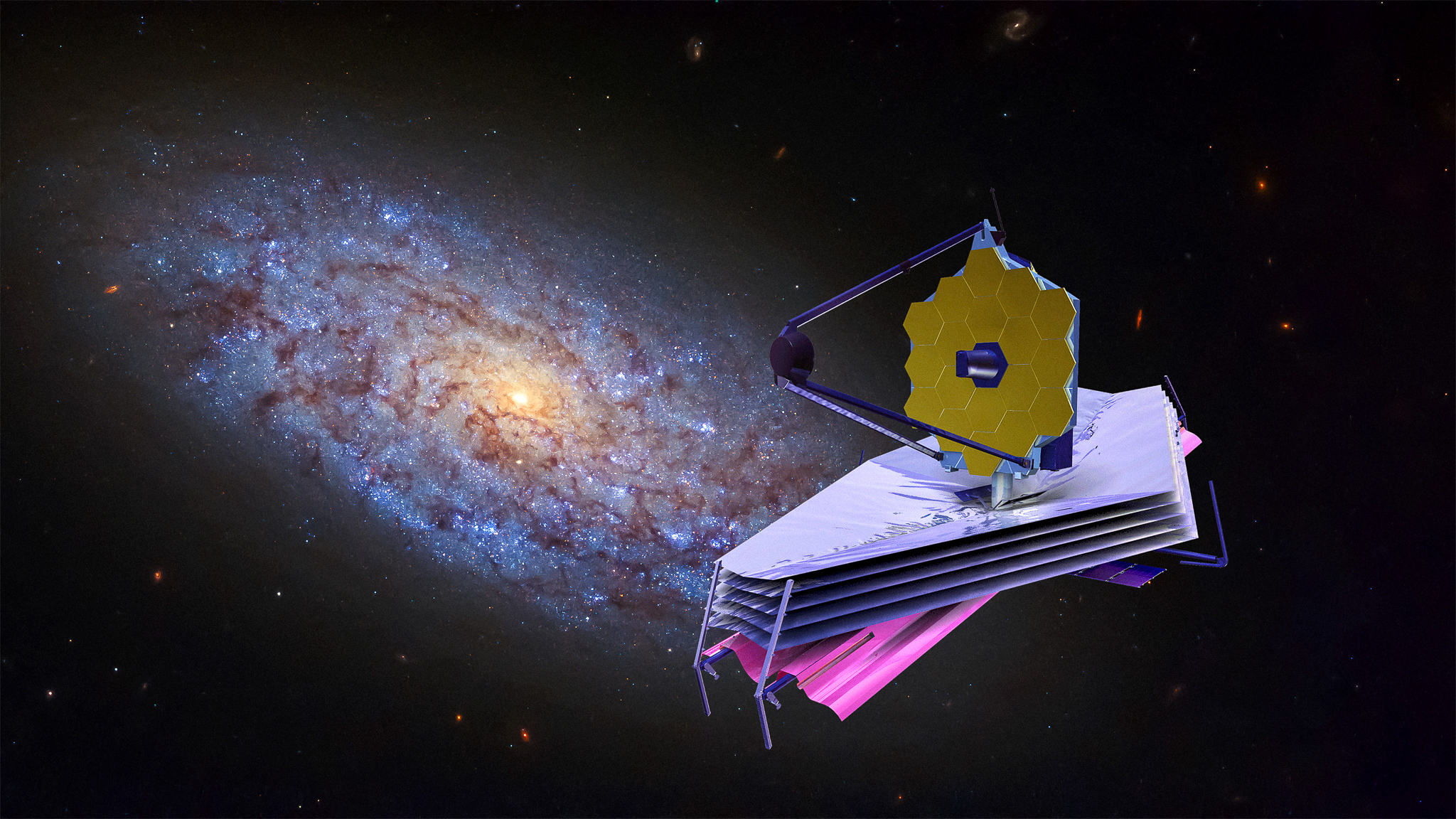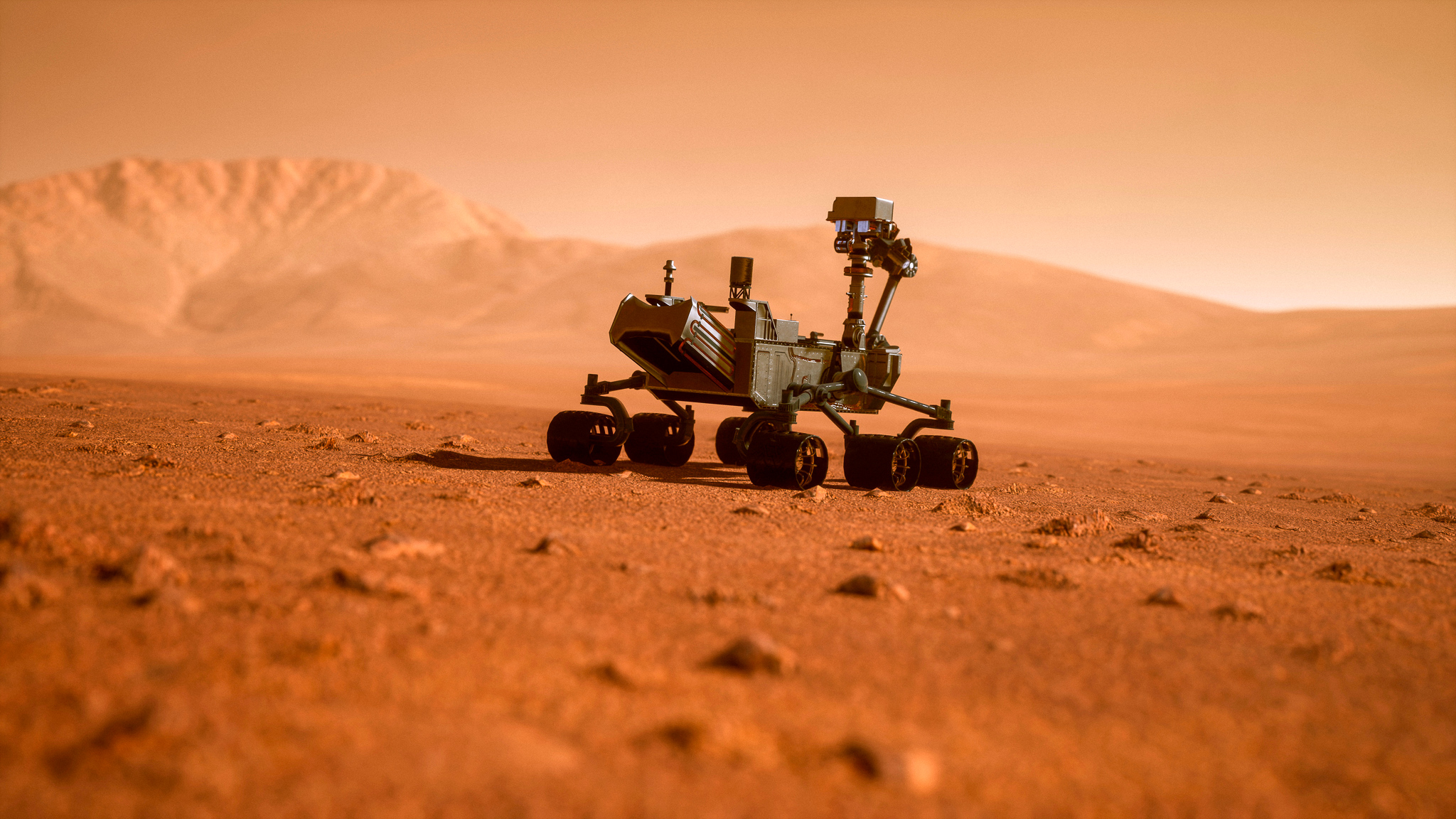Astronaut L.Y. Aaron Yung, a postdoc at NASA’s Goddard Space Flight Center, tells us more about the important theoretical work that helps plan for and then analyze galaxy surveys. There are hundreds of activities like these planned during the commissioning process, and each is as important as the next to ensure that Webb can achieve its ambitious science goals. One such goal – detecting the earliest galaxies – also requires a lot of planning and theory to prepare for the observations.
Dark matter accounts for 85% of the matter in the universe and has a dominant effect on the spatial distributions of galaxies across the universe. We first lay the foundation with dark matter concentrations, or halos, extracted from cosmological simulations. We then simulate the galaxies forming inside these dark matter halos based on astrophysical processes we learned from past observations.
Physically motivated models have been shown to match galaxies observed by Hubble (e.g., the Hubble Ultra-Deep Field), and we use them to provide predictions for galaxies beyond Hubble’s capabilities. These data products are used to support the development of the Webb data reduction pipeline and will inform the interpretation of future observations when they become available. In turn, Webb observations will refine our understanding of galaxies and the history of our universe.











